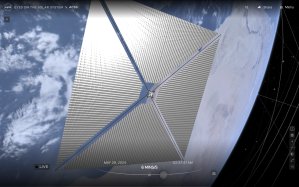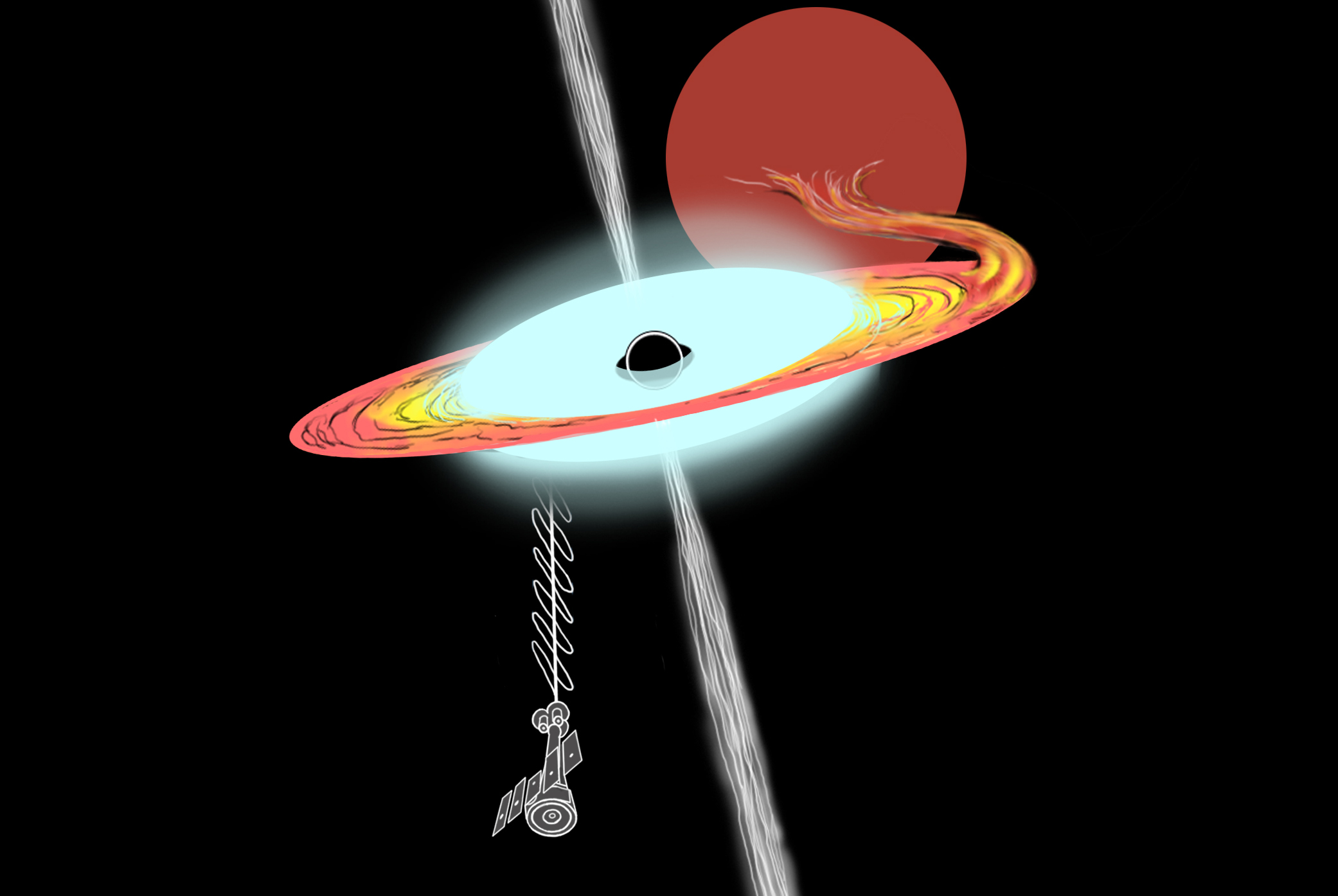ESA/NASA’s SOHO Spies Bright Comet Making Debut in Evening Sky
The Solar and Heliospheric Observatory (SOHO) has captured images of the second-brightest comet to ever pass through its field of view, comet C/2023 A3 Tsuchinshan-ATLAS.

2 min read
ESA/NASA’s SOHO Spies Bright Comet Making Debut in Evening Sky
The ESA (European Space Agency) and NASA Solar and Heliospheric Observatory (SOHO) has captured images of the second-brightest comet to ever pass through its field of view during the spacecraft’s nearly 29-year career.
The bright comet is C/2023 A3 Tsuchinshan-ATLAS, which has been garnering a lot of attention from skywatchers recently, displaying a long, dusty tail in pre-dawn skies throughout late September and early October. (Comet McNaught, viewed in 2007, holds the record as the brightest comet SOHO has seen.)
Between Oct. 7 and 11, the comet blazed through the view of SOHO’s LASCO (Large Angle and Spectrometric Coronagraph Experiment) instrument, which uses a disk to block out the bright light of the Sun so it’s easier to see details and objects near the Sun. This image, taken by SOHO on Oct. 10, 2024, shows the comet and its bright tail streaming from the upper left to the right. Mercury appears as a bright dot on the left.
After crossing through SOHO’s field of view, the comet will begin putting on an evening show for skywatchers around the world just after sunset starting Saturday, Oct. 12. Each day throughout October, the comet will gradually rise higher and higher in the western sky as it moves farther away from the Sun. But as it does, it will become fainter and fainter. Eagle-eyed skywatchers may be able to spot it with the naked eye for a few days, but after that, observers will likely need binoculars or a telescope to see it as it grows fainter.
Even if you are unable to spot this comet yourself, you can help SOHO search for others. Scientists and members of the general public have discovered more than 5,000 comets in SOHO imagery, and you can help find even more by visiting the Sungrazer Project.
By Vanessa Thomas
NASA’s Goddard Space Flight Center, Greenbelt, Md.
Share
Details
Related Terms
What's Your Reaction?
















































